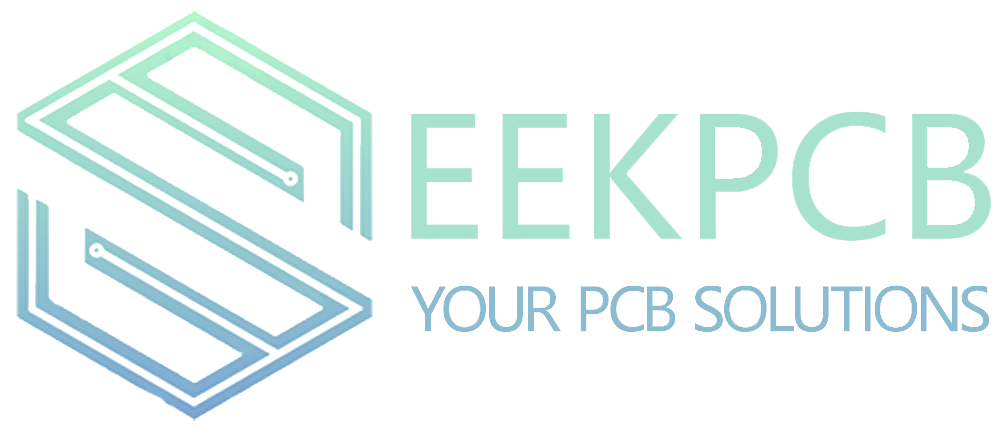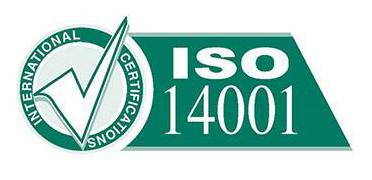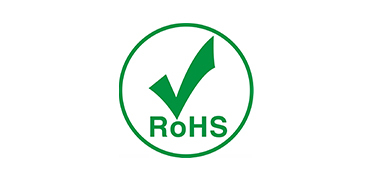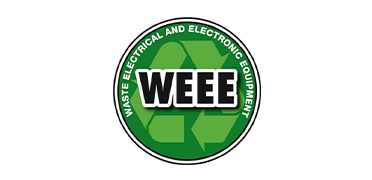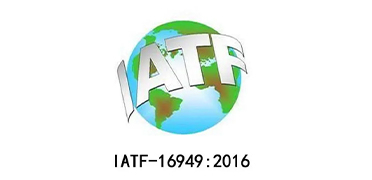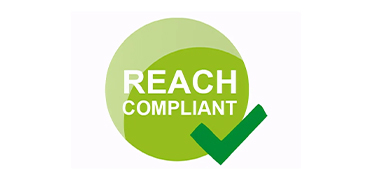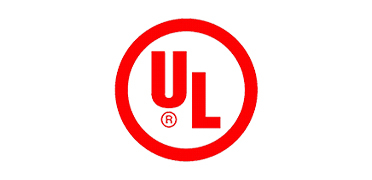Flexible printed circuit board
Views: 0 Author: Site Editor Publish Time: 2023-12-19 Origin: Site









What is the definition of FPC?
Flexible Printed Circuit board (FPC) is a highly reliable, excellent flexible printed circuit board made of polyimide or polyester film as a substrate. It has the characteristics of high wiring density, light weight, thin thickness and good bending.
What are the characteristics of FPC?
1. The assembly time is short, and all circuits are configured, eliminating the connection work of redundant circuits.
2. The size is smaller than PCB, which can effectively reduce the volume of the product and increase the convenience of carrying.
3. Lighter than rigid PCB, can reduce the weight of the final product.
4. Thinner than rigid PCB, can improve the flexibility, strengthen the assembly of the three dimensional space in the limited space.
In the structure of the flexible circuit, the materials composed are the insulating film, the adhesive and the conductor.
According to the number of flex pcb layers, it can be divided into single layer board, double layer board, multilayer board, etc. FPC above two layers are connected to each layer through flex pcb via.
What is the flexible printed circuit board material?
1. BASE FILM: Materials generally use Polyimide (Polyimide, referred to as PI), but also useful polyester (Polyerster, referred to as PET). The material thickness is 12.5, 25, 50, 75, 125um. 12.5 and 25um are commonly used. PI is superior to PET in various performance aspects.
2. Copper foil layer: There are rolled copper (RA copper) and electrolytic copper (ED copper). The material thickness is 18, 35, 75um. Because rolled copper has better mechanical properties than electrolytic copper, rolled copper is preferred in FPC where it needs to be bent frequently. The copper foil thickness of the main screen FPC is generally 18um; For the hollow board FPC (such as the interface for the window type) need to use 35um.
3. Cover layer: The material is the same as the base layer, which is covered on the copper foil and plays the role of insulation, welding resistance and protection. Common material thickness is 12.5um.
4. Adhesive: Adhesive for each layer.
5. Stiffener and Reinforcement film: For the plug-in FPC, in order to match with the standard socket, it is necessary to add a reinforcing board on the back of the contact surface, the material can be PI, PET and FR4; PET is commonly used. The thickness of the contact position after the bonding of the reinforcement board depends on the requirements of the socket, generally 0.3, 0.2 or 0.12mm. For the FPC end that needs to be bonded to the LCD, it is necessary to design a reinforced film on the back of the contact surface, using 12.5um PI material.
What are the advantages of FPC?
Flexible printed circuit board is a printed circuit made of flexible insulating substrate, which has many advantages that rigid board does not have.:
1. It can be freely bent, wound and folded, arbitrarily arranged according to the spatial layout requirements, and arbitrarily moved and expanded in three-dimensional space, so as to achieve the integration of component assembly and wire connection.
2. The use of FPC can greatly reduce the size and weight of electronic products, which is suitable for the development of electronic products in the direction of high density, miniaturization and high reliability. Therefore, FPC has been widely used in aerospace, military, mobile communications, laptops, computer peripherals, PDAs, digital cameras and other fields or products.
3. FPC also has the advantages of good heat dissipation and weldability, easy installation and low comprehensive cost, and the combination of flexible and rigid design also makes up for the slight deficiency of the flexible substrate in the bearing capacity of the component to a certain extent.
What are the disadvantages of FPC?
1. High one-time initial flex circuit cost: Because flexible PCB is designed and manufactured for special applications, the initial circuit design, circuit and photographic board costs are higher. Unless there is a special need to apply flexible PCB, usually a small volume of application, it is best not to use.
2. The change and repair of flexible PCB is more difficult: once the flexible PCB is made, the change must start from the base drawing or the light drawing program prepared, so it is not easy to change. Its surface is covered with a protective film, which must be removed before repair and restored after repair, which is a relatively difficult work.
3. The size is limited: Flexible PCB is usually manufactured by intermittent process in the case of not common, so it is limited by the size of the production equipment and can not be done in very long and wide size.
4. Improper operation is easy to damage: Improper operation of the installation personnel is easy to cause damage to the flexible circuit, and its solder and rework require trained personnel to operate.
The Comparison of Flexible and Rigid PCBs
The difference between flexible and rigid boards are shown as below pictures:


+86-18925293263
